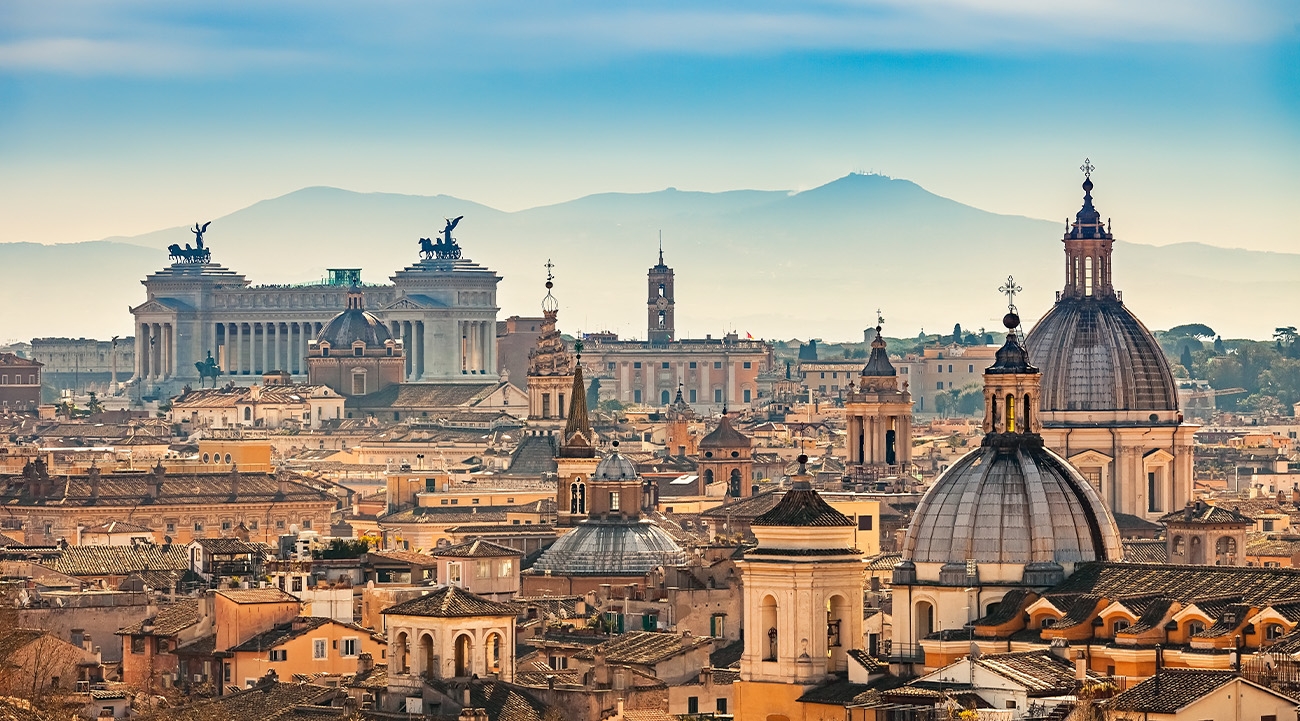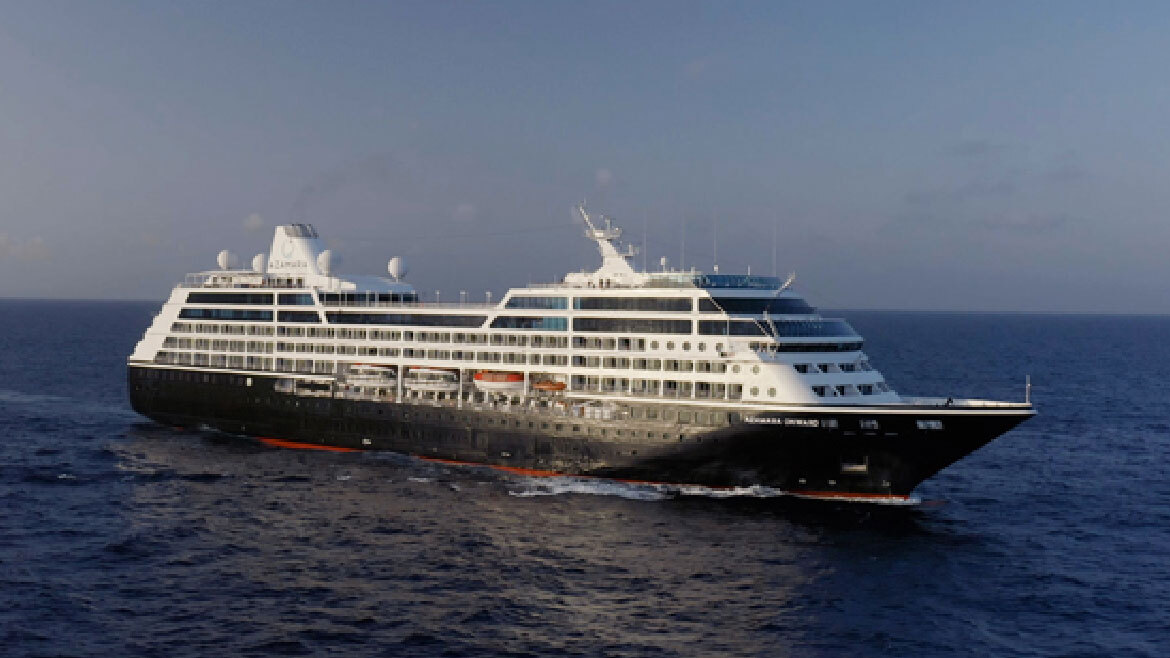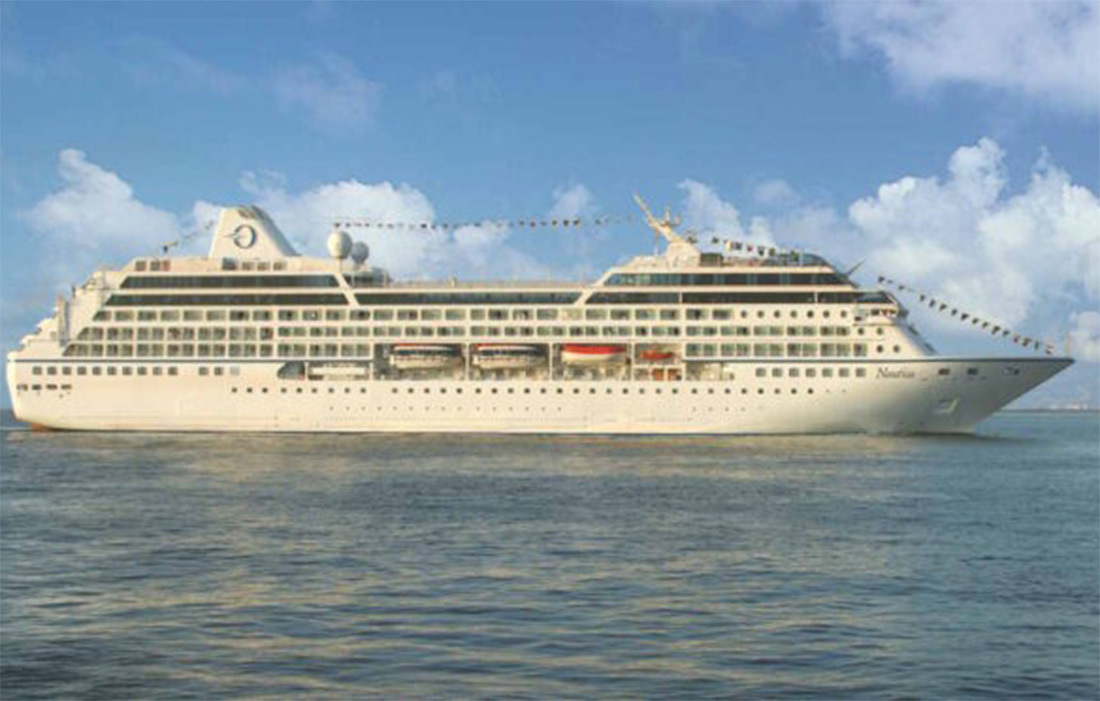City Life: Discover what's new in the Eternal City of Rome
There’s probably not much that hasn’t already been written about the Eternal City. Rome is one of Europe’s most popular capitals – attracting millions of visitors from across the globe who are keen to sample a little taste of the dolce vita. However, for the uninitiated let’s start at the beginning. According to Roman mythology, Rome was founded by twin brothers (and demigods) Romulus and Remus.
The legend claims that in an argument over who would rule the city – or in another version, where it would be located – Romulus killed Remus and named the city after himself. Fast forward some 2,000 years, skipping through a colourful and sometimes turbulent history, and what you have today is an incredibly metropolitan city – a unique juxtaposition of old and new.
Rome’s rich history and heritage can be found on every corner, from its ancient monuments and museums through to its galleries and civic buildings. But Rome is about more than just history. It’s a truly modern city with boutique retailers, fine cuisine, stylish bars and luxurious hotels.
Why sell it
Quite simply, Rome is one of the greatest cities on the planet. An eclectic mix of classical and contemporary, whether you’re a history buff, fine art aficionado, culinary supremo or simply looking for a good night out, Rome is a city with a timeless character that caters for all tastes and cultures.
What’s new
There’s been a swathe of hotel openings in Rome over the past couple of years – from the quirky and trendy Mama Shelter Roma to plush townhouse property Maalot Roma. The Hoxton and W recently opened in the city, while Six Senses is scheduled to open next year. Museo Ninfeo is new to an already bountiful cultural scene, allowing visitors to marvel at the ruins of a former hideaway for emperors such as Claudius.
Mausoleum of Augustus, the largest circular tomb in the world, reopened to the public last year, having been under renovation since 2007.
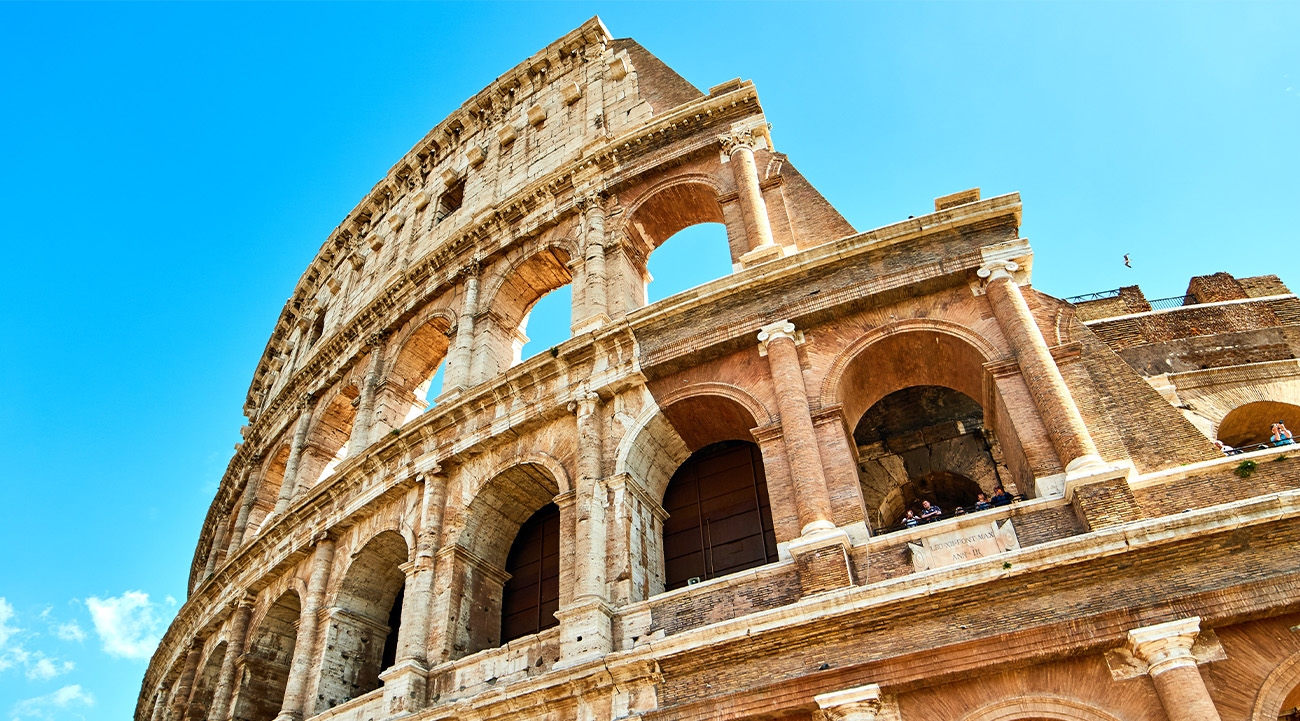
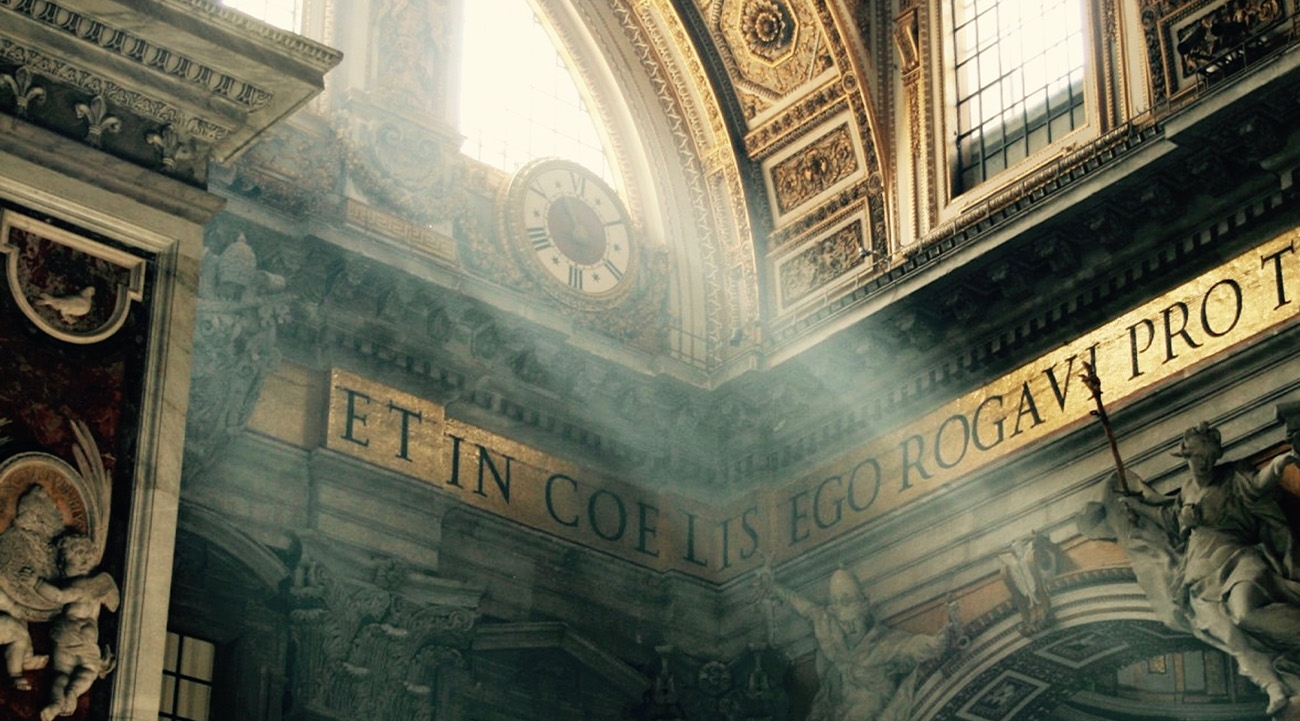
When to go
Rome is a year-round destination – but summer temperatures can push 40C, so if clients are planning a spot of sightseeing and lots of walking, then spring or autumn are probably a better bet.
Where to stay
For the finest luxury, you’ll be hard pressed to find better than Rocco Forte sister properties Hotel de Russie (Review, p108) and Hotel de la Ville (Review, p109), while countless other luxury brands either already have a hotel in this fine city or have one in the pipeline. From St Regis to Waldorf Astoria and Dorchester Collection to Soho House, there’s plenty of choice.
In 2024, Rosewood will open its first property in Rome. Located in the former headquarters of Italy’s Banca Nazionale del Lavoro, the hotel will feature 157 rooms and suites, and three dining venues. Overlooking the elegant Via Veneto, guests will have easy access to many of Rome’s storied attractions, elegant shops and dining destinations.
There are countless boutiques in the mix too, such as Palazzo Dama, on the banks of the Tiber; Casacau, close to the Trevi Fountain; and the super-chic 10-room Crossing Condotti.
What to do
Whether you’re planning your client’s first or 100th trip, Rome has lots of hidden gems to discover, monuments to explore and places to experience local life. For those who have never been, visiting the more popular tourist spots will be high on the agenda. Private tours of the likes of the Colosseum, Palatine Hill, Vatican City and Sistine Chapel are highly recommended – not only can you skip the queue for tickets, but you’ll also gain fascinating insights into some of Rome’s most famous landmarks.
For those wanting something a little different, then why not try Rome by night Hop in a vintage car while a driver takes you on a sunset tour of some of the city’s main attractions, piazzas, fountains and façades. Beyond splendid monuments, celebrated buildings and iconic works of art, Rome also boasts several cultural attractions that are often overlooked.
Magnificent structures such as the celebrated Opera Theatre, the private apartments of Princess Isabelle at the Colonna Gallery and the antique Biblioteca Casanatense are well worth a visit. The National Gallery and MAXXI are must-see destinations for contemporary art fans, while the city’s varied architecture is also easily accessible – no more so than in the business district, which was originally designed as the site for the 1942 World’s Fair and is home to buildings inspired by antique Rome built in a rationalist style.
And for those seeking to escape the hustle and bustle of the city centre, recommend a stroll around the gorgeous gardens of Villa Medici or hiring a rowing boat on the lake of the Villa Borghese.

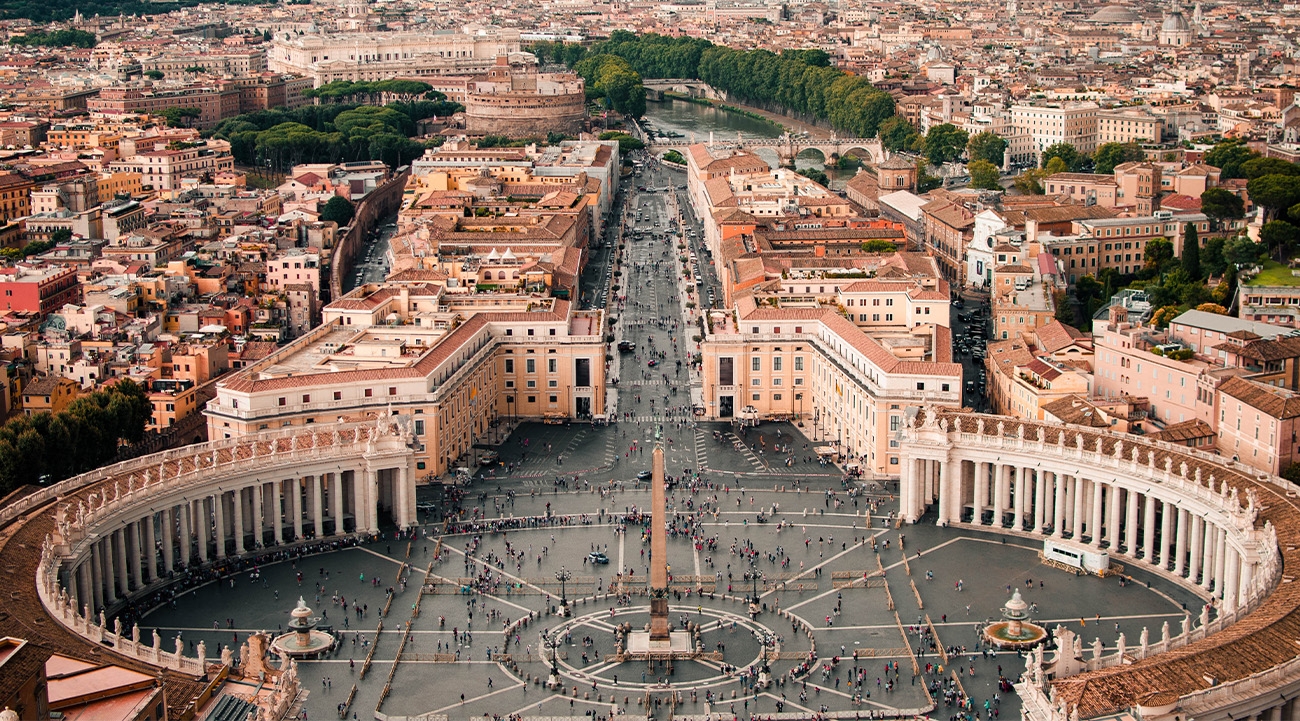
Where to dine
Pretty much anywhere. You may want to avoid the restaurants and pizzerias close to the usual tourist traps, as they tend to be overpriced, but wander down any side street and you’re bound to find a trattoria that takes your fancy.
Pair it with
Head to Tuscany and enjoy the captivating Val d’Orcia region near Siena. Discover countryside where historic towns perch on sun-drenched hills and farms dot the landscape. Visit the wine towns of Montepulciano and Montalcino, or explore Pienza, a Unesco World Heritage Site.
Alternatively, take a trip to the birthplace of the Renaissance and admire the artistic masterpieces of Florence such as Michelangelo’s David at the Accademia Gallery, or make the short trip to Pisa and its iconic leaning tower. The ruins of once-mighty Pompeii and breathtaking scenery of the Amalfi Coast can also be reached within a day.
Ask the expert
Kirker Holidays boss Ted Wake offers his top tips for Rome
“Many clients like to book in for an audience with the Pope at St Peter’s, but if Il Papa isn’t available, the Kirker Concierge will be able to find a sympathetic Canon to hear your confession. A visit to the Vatican Museum is a must, as is the Sistine Chapel to marvel at Michelangelo’s frescoes – but pre-book your ticket. But my advice would be to book a private Kirker guide.
I would also suggest a visit to Keats-Shelley House next to the Spanish Steps. Keats’ bedroom, where he died in 1821 at the age of 25, is preserved as a shrine to his extraordinary talent. Finally, while the rest of the world is heading to the Forum, visit the Borghese Gallery. The handsome building houses a collection of fine art that was started in the early 17th century by cardinal Scipione Borghese, and features works by Caravaggio, Raphael and Titian – all displayed in the cardinal’s original home.”
